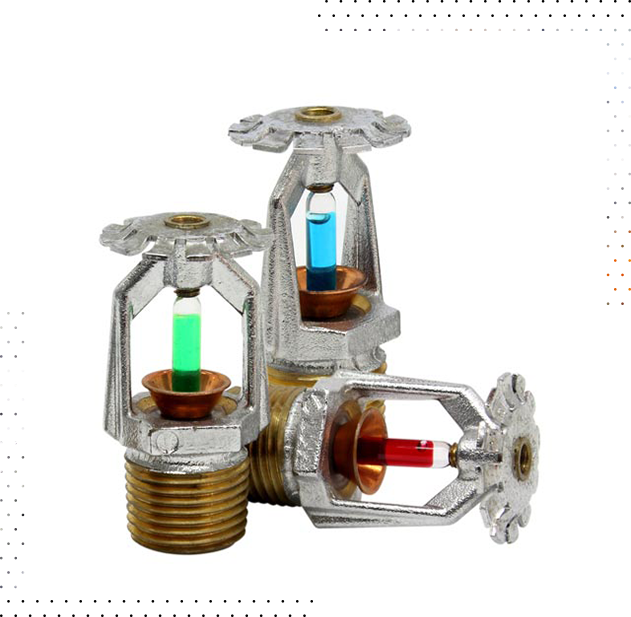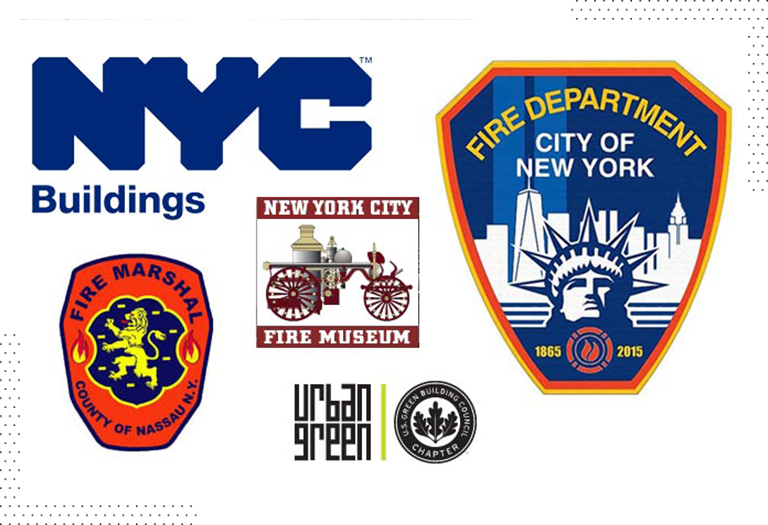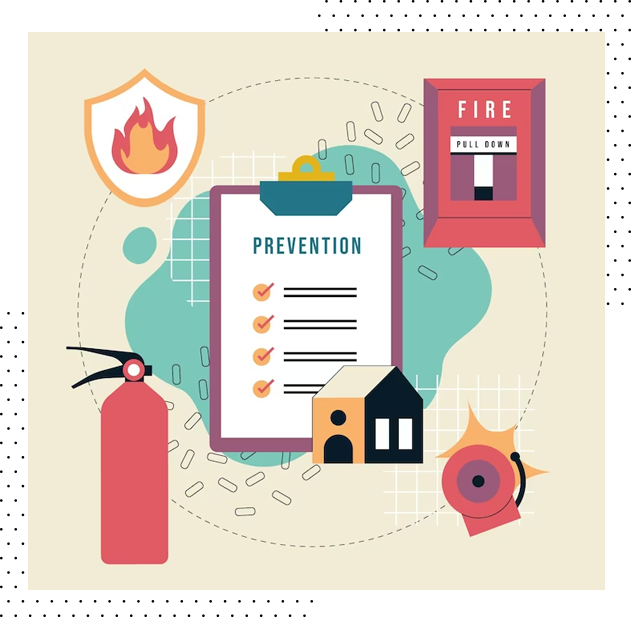
Membership
Any active contractor in good standing with the Association, who performs fire sprinkler installation, inspection, testing, and maintenance work in New York City and Long Island and is properly licensed as required to be, is eligible to participate with regard the New York Fire Sprinkler Council programs and meetings. If you are a contractor who employs Local 638 labor and you are interested in joining MCA, contact us today.
There is still more work to do. In New York City, residential apartment buildings regardless of size that was built prior to 1999 are not required to have sprinkler systems. This means our older buildings where often our most vulnerable populations reside are not protected. The majority of New York Housing Authority apartments are not protected as well. It’s time for New York City to look at protecting existing residential buildings.
Creating Awareness
It is our priority to create awareness of the importance of proper fire sprinkler and standpipe protection. To foster that awareness, we recently sponsored a side by side fire sprinkler burn demonstration that illustrated the difference between how an apartment or home with a fire sprinkler system burns compared to one without. Research our fire sprinkler contractor members in our directory. Read the latest fire sprinkler news and information from the New York Fire Sprinkler Council blog.


Providing Resources
Fire Sprinkler AwarenessFire Sprinkler ResourcesWe also strive to have the most competent, informed contractors and highly skilled men and women working in New York City and Long Island job sites. We regularly provide internal educational seminars, events, and resources for our members. The New York Fire Sprinkler proudly advocates the proper installation and maintenance of fire sprinklers systems in both commercial and residential structures. The failure to properly maintain a fire sprinkler systems can have catastrophic consequences.
Periodic inspection, testing, and maintenance of the sprinkler system are essential for proper function. Both New York City and Long Island currently require automatic wet sprinkler systems to be maintained as per NFPA 25, the standard for the Inspection, Testing, and Maintenance of Water-Based Fire Protection Systems. Our Council ensures that our contractors are apprised of jurisdictional requirements regarding the inspection, testing, and maintenance of sprinkler syst.
Fire Prevention Infrastructure Saves Lives
When you pull the fire alarm you are helping both notify the authorities and you are beginning the process of extinguishing the fire. However, the fire suppression sprinkler system does not wait for a fire alarm to be pulled and will activate automatically.

Deutsche Bank Fire
In August 2007, a fire erupted at the vacant Deutsche Bank building located at 130 Liberty Street. The building was under demolition after being heavily damaged in the 9/11 attacks. More than 100 firefighters rushed into the building to fight the fire, including Robert Beddia and Joseph Graffagnino, both of whom died of cardiac arrest from smoke inhalation.
Following the fire, an investigation led to the finding of numerous safety violations. It was discovered that while under demolition, the building was not inspected as required. In addition to closed off stairways, fire marshals found pieces of standpipe unattached in the tower’s basement, and the standpipe valve was discovered to have been turned off, resulting in a lack of water to fight the flames.
Under the leadership of Buildings Trades Employers Association Executive Vice President Lou Coletti, members of the MCA-NY served on the committee to make recommendations that would change the way the city looked at future construction, alterations and demolition sites, including the passing of four new laws: Local Law 58/09, Local Law 60/09, Local Law 63/09 and Local Law 64/09. These laws strengthened requirements for the inspection and maintenance of standpipes and sprinklers.
In addition, the New York City Department of Buildings implemented several changes to enhance the effectiveness of its inspections, including developing an enhanced computer program for reporting inspections of buildings over 75 feet that are under construction or demolition.
